Choosing the right spot to hang your wall lights is more important than you might think. It's not just about picking a place that looks good—it's about making sure the light works well and feels right in your room. Whether you're looking to highlight your favorite painting or just want to keep your hallway bright and welcoming, getting the height of your wall lights spot on can make a big difference. In this article, we'll walk you through everything you need to know so those lights don't end up being too high or too low—just perfect for your space.
Getting to Know Wall Lights
What Are Wall Lights For?
Wall lights are the unsung heroes of lighting, sticking right to your walls to brighten up a room without hogging precious floor space. They're not just there to chase away shadows; they play a big part in setting the mood and adding character to your home. Think of them as the supporting actors in your lighting setup—essential but never stealing the spotlight from your main fixtures.
Types You'll Come Across
- Sconces: These are the classic wall lights. You'll see them flanking mirrors, fireplaces, or artwork. They’re like little wall-mounted torches that come in all shapes and sizes—some with shades, some without.
- Vanity Lights: Usually found above bathroom mirrors, these lights make sure you don't miss a spot shaving or mess up your makeup. They're all about giving you a clear, even light—no shadows allowed.
- Swing Arm Lamps: The cool cousins of the wall light family. You can twist and turn them however you want, making them perfect for reading nooks or as bedside buddies when you want to stay up with a good book.
Why Placement Matters
Where you put your wall lights can change everything. Mount them too high, and you might as well be trying to light your ceiling. Too low, and you're in a spotlight—not ideal unless you're rehearsing for a Broadway show. Get it just right, though, and you've got yourself a room that's not only lit up properly but also looks like it's straight out of a home decor magazine. Placement affects both the vibe of your place and how well the light serves its purpose, whether that's letting you read comfortably or just chilling out in a well-lit room.
Shop Our Premium Lighting Collection
Explore our hand-selected bestsellers featuring crystal chandliers, pendant lights, wall scones and authentic alabaster stone:
How High Should You Hang Wall Lights?
Room Function and Wall Light Placement
Precise positioning of wall lights is crucial to cater to a room's function. In the bathroom, vanity lights should be mounted at approximately 65 to 70 inches from the floor to evenly illuminate your face for grooming tasks without casting shadows. In contrast, living rooms require a more ambient approach. Here, wall lights should ideally be placed around 58 to 64 inches from the floor—high enough to distribute light across the room but low enough to avoid glare when seated.
Adjusting Wall Light Position for Ceiling Height
The height of your ceiling significantly influences the placement of wall lights. For high ceilings that are over 9 feet, consider setting wall lights at about 3/4 of the wall height to avoid casting shadows on the cozy spaces below. Conversely, for ceilings lower than 8 feet, aim to install the lights no lower than 5 feet from the floor to prevent awkward encounters or obstructions with furniture and movement.
Integrating Wall Lights with Your Room's Layout and Furnishings
Wall size and furniture arrangement also play strategic roles in locating your wall lights. On expansive, unadorned walls, center wall lights at about 5/6 of the wall height to break up the space aesthetically. If you're working with walls that feature artwork or shelving, place lights so they complement these elements—try positioning sconces approximately 6-8 inches above or to the side of these items. It's important to ensure that wall lights illuminate the room effectively, spotlighting areas like reading chairs or accentuating the ambiance around sofas, rather than casting shadows behind furniture.
What's the Ideal Height for Wall Lights in Each Room?
Chill Zones: Living Rooms and Hallways
In living rooms and hallways, where we like to unwind or pass through, wall lights work best when they're part of the overall vibe. The general rule of thumb? Hang your wall lights between 5 and 6 feet from the floor. That's about eye level for most folks, and it spreads the light evenly, avoiding those pesky glare issues. If your wall art is a highlight, consider placing sconces on either side, about 6 inches above the frame, to draw eyes without overwhelming the piece.
Mirror, Mirror: Bathroom Brightness
Bathrooms are all about precision—hello, tweezers and eyeliner! For vanity areas, your lights should sit around 65 to 70 inches off the ground and flank the mirror. This avoids shadows and mimics natural light, so you can see yourself clearly. If there's a main overhead light, make sure your wall lights balance it out to keep things friendly for your reflection.
Dreamy Reads: Bedroom Lighting
Beside the bed, wall lights are great for late-night readers or early risers. Mount them just above your shoulder height when sitting up in bed—roughly 4 feet from the mattress. This way, you get the perfect pool of light for reading, but it's soft enough to let your partner snooze in peace.
Welcome Home: Outdoor Illumination
Step outside to porches and entryways, and it's all about greeting guests warmly and safely. Position wall lights at about eye level, which translates to around 5.5 to 6 feet high. This ensures the light is cast down where you need it, highlighting steps and entryways, while also creating that inviting glow to welcome anyone stepping up to your door.

How to Hang Wall Lights Correctly
Step-by-Step Install with Care
Putting up your wall lights doesn't have to be a headache if you take it step by step. Make sure your toolkit is ready with these essentials: a tape measure, pencil, drill, screwdriver, level, stud finder (for those pesky drywall installations), and wire strippers if you’re doing any wiring yourself.
- Mark the Spot: Use the height rules-of-thumb we talked about earlier to decide where your light should live. Stand back and imagine it there. Happy with how it looks? Mark the spot gently with your pencil.
- Check It Twice: Pull out your level. Place it against the wall on your mark to ensure everything is straight. A tilted lamp might set a funky mood, but trust us, symmetrical is the way to go.
- Stud Finder to the Rescue: Walls can be tricky; you want to drill into something solid to hold your fixture firmly. That’s where a stud finder comes in handy. No luck? Time for plan B: heavy-duty wall anchors that can support the weight of your fixture.
- Drill with Precision: Now that you’ve got your spots marked and checked, it’s time to drill. Be gentle and precise—think of it as surgery for your wall!
- Wiring Wisdom: If you're confident with electrical work, first make sure you cut the power to avoid an unpleasant zap. Then, match your wires correctly: hot to hot, neutral to neutral, and ground to ground. Not quite like twisting spaghetti around a fork, so if you have doubts, this is your cue to call in someone with a sparky know-how.
- Secure and Test: Once wired, secure the fixture onto the bracket, ensuring no wires are pinched. Flip the breaker back on and give it a test run before you do your victory dance.
Safety Isn’t Just a Suggestion
Even if you feel like a DIY champ, messing with electricity isn’t the same as painting or fixing a squeaky hinge. There's no 'oops' moment allowed here. Double-check that the power is off by using a voltage tester. And really, if you’re even a bit unsure, hire a certified electrician. You'll sleep better knowing your house won’t be throwing sparks.
What Are the Common Pitfalls in Wall Light Installation
1. Choosing Inappropriate Heights
One common pitfall is installing wall lights at heights that don't harmonize with the room's function or user needs. Too high, and the light loses its impact; too low, and it may cause glare or impede movement.
2. Mismatching Bulbs and Ambiance
Another mistake is selecting bulbs that aren’t suited for the desired ambiance or necessary brightness. Whether it's picking a bulb that's too bright for a cozy environment or too dim for a reading corner, the wrong choice can spoil the mood or strain the eyes.
3. Overlooking Room Functionality
It's essential to consider the activities that will take place in the room. A frequent oversight is neglecting this aspect, resulting in lighting that doesn't support the room’s primary use.
4. Failing to Consider Dimmer Compatibility
Many homeowners forget to check if their selected bulbs are compatible with existing or planned dimmers, leading to issues like flickering or premature burnout.
5. Getting Fixture Proportions Wrong
Choosing fixtures without considering the scale of the wall or room can lead to a disproportionate setup. Oversized or undersized lighting not only looks out of place but can also affect the light distribution.
6. DIY Installations Despite Limited Knowledge
Wall light installation often involves electrical work which, if done incorrectly, poses a safety hazard. An all-too-common error is attempting DIY installations without the necessary expertise.
7. Ignoring Design and Decor
The aesthetic mismatch between lighting fixtures and the room’s interior design can create visual dissonance. This pitfall includes ignoring style, color, and material compatibility.
By being aware of these potential missteps before you begin your wall light installation project, you can plan more effectively and avoid common errors that could detract from both the functionality and the beauty of your living spaces.
Light It Up: Your Guide to Perfect Wall Lights
Picking the right spot for your wall lights isn't rocket science—it's about making sure they look good and work hard. Keep 'em at the right height, pop in a bulb that does the job, and you’re golden. Whether you're drilling holes with confidence or hitting up a pro, a little effort goes a long way. Give your walls some love with lights that hit that sweet spot, and watch your place transform with just the flick of a switch!

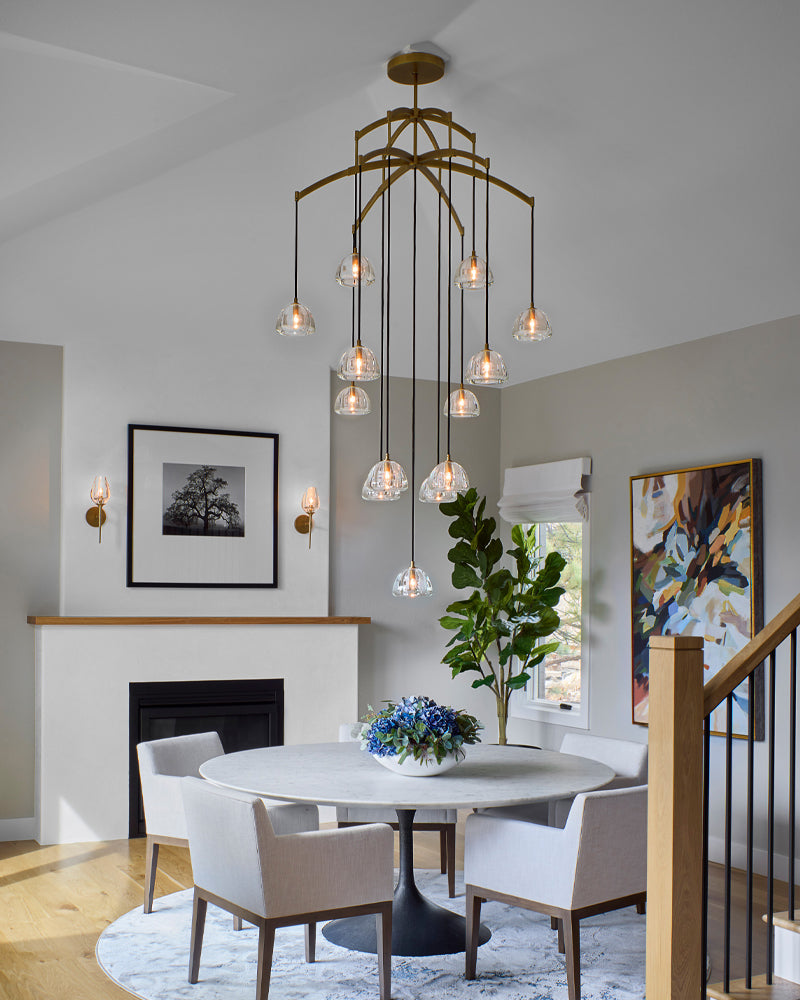
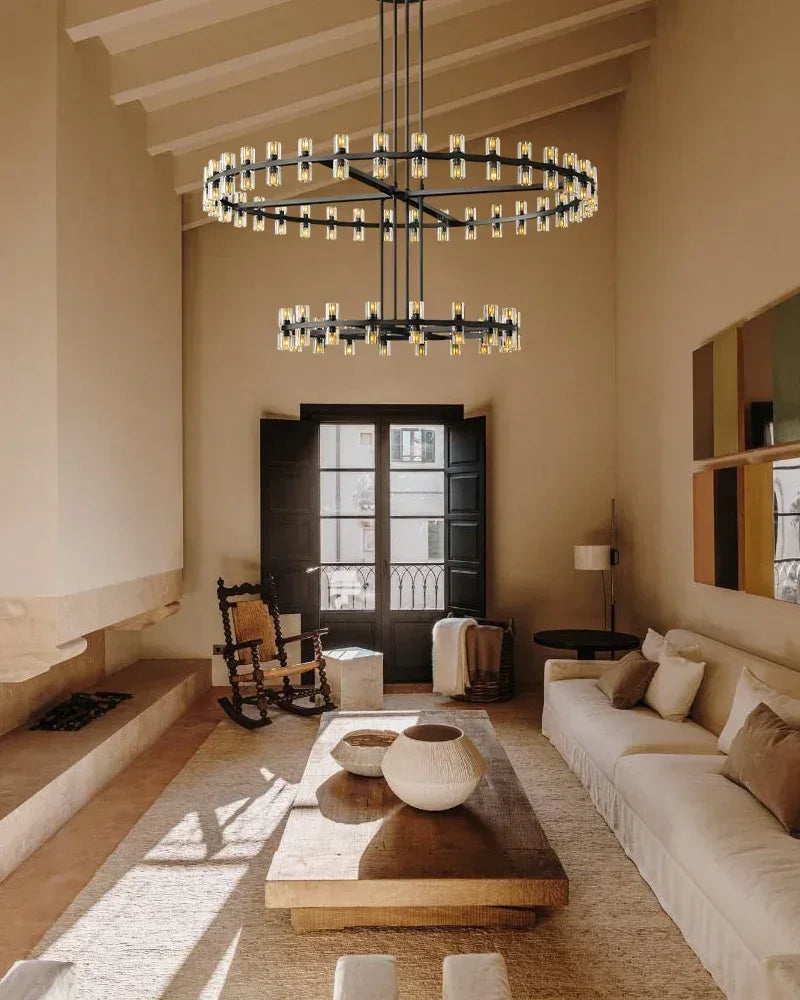
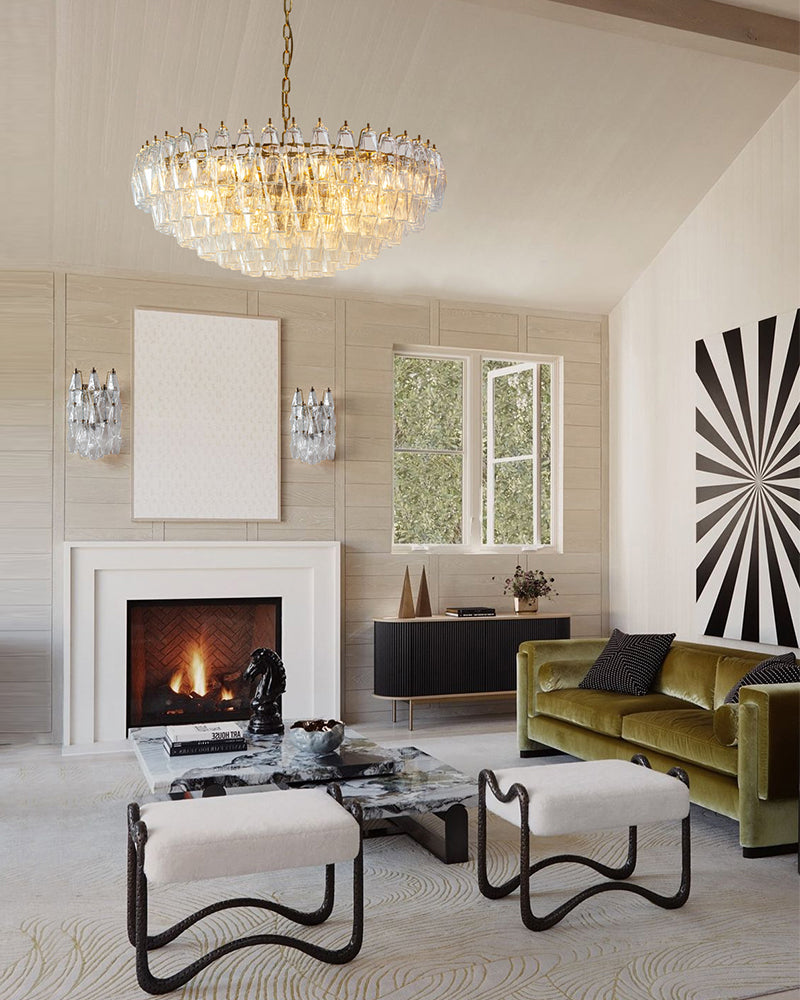
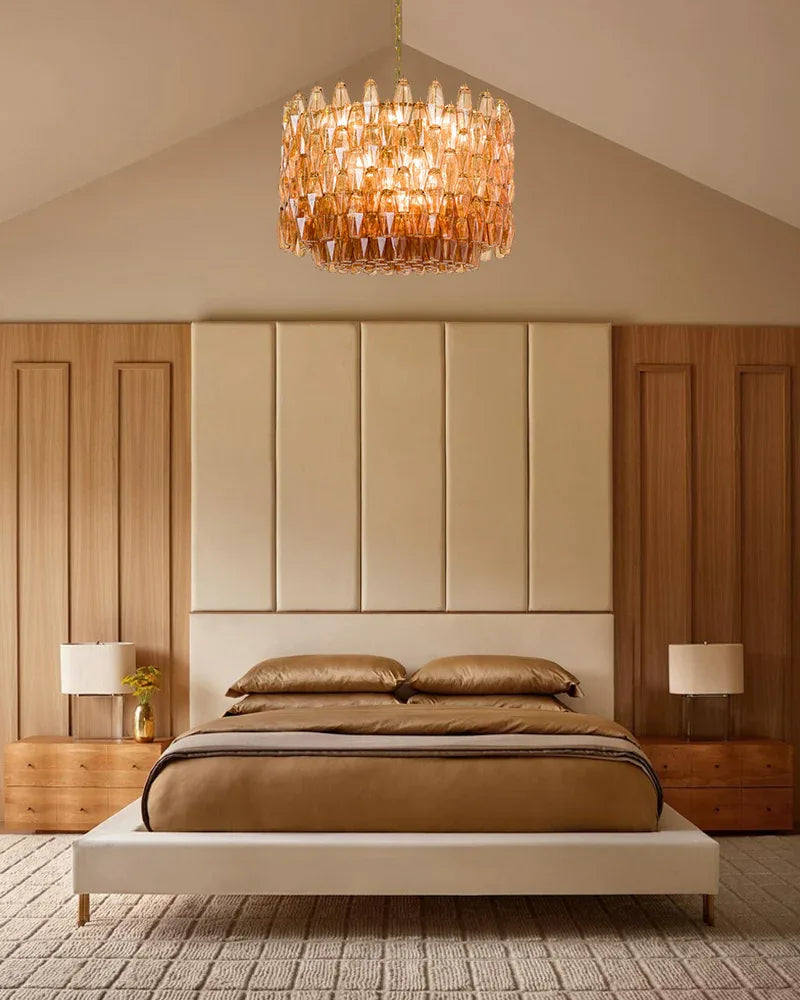
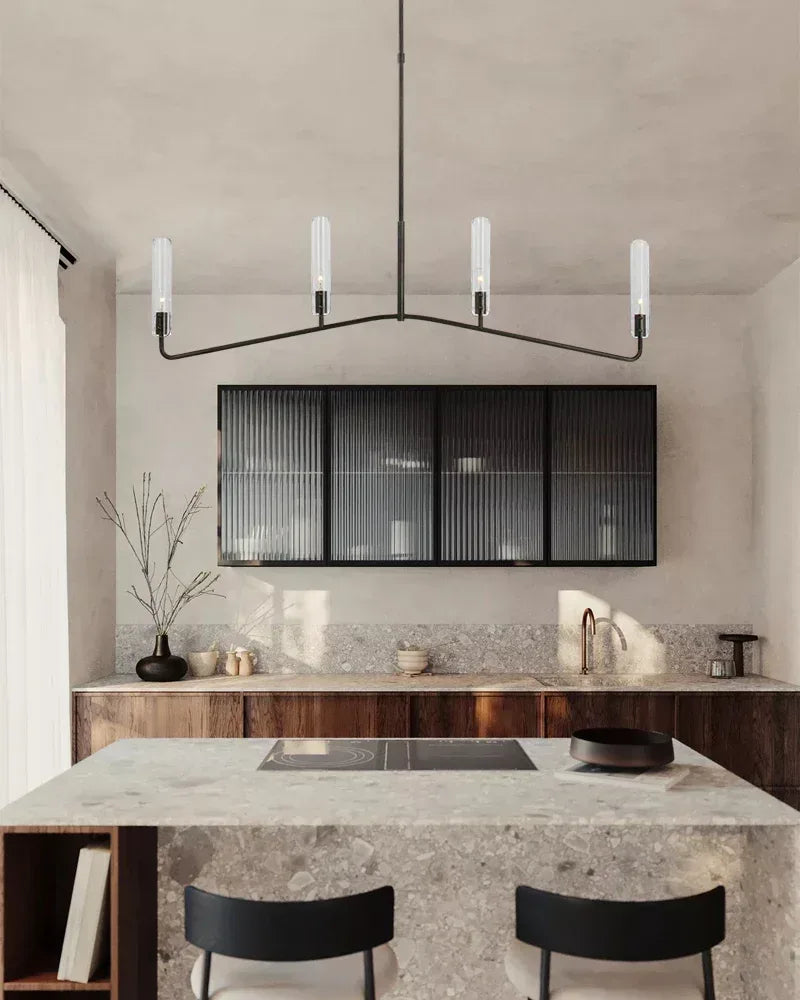
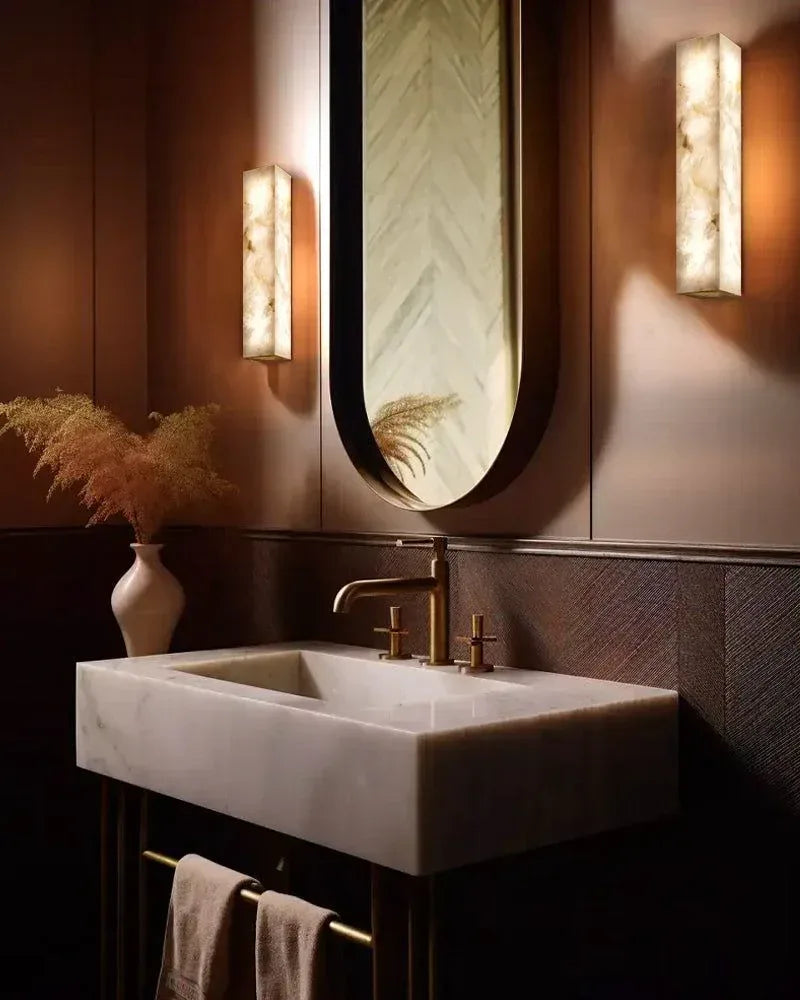

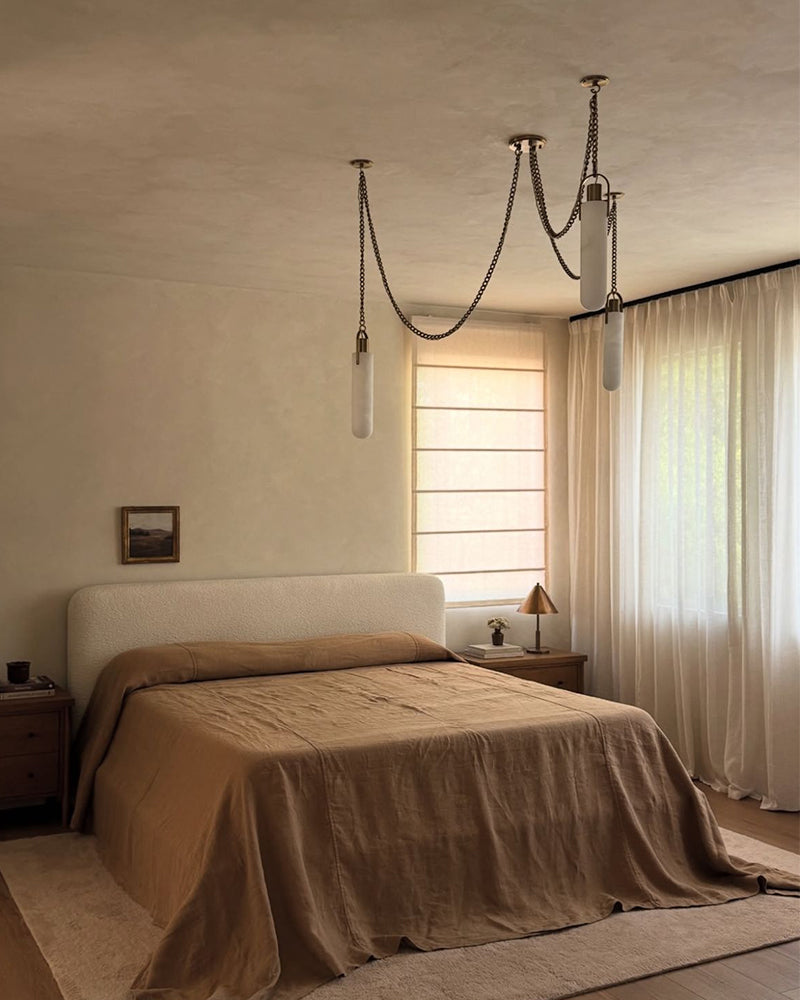
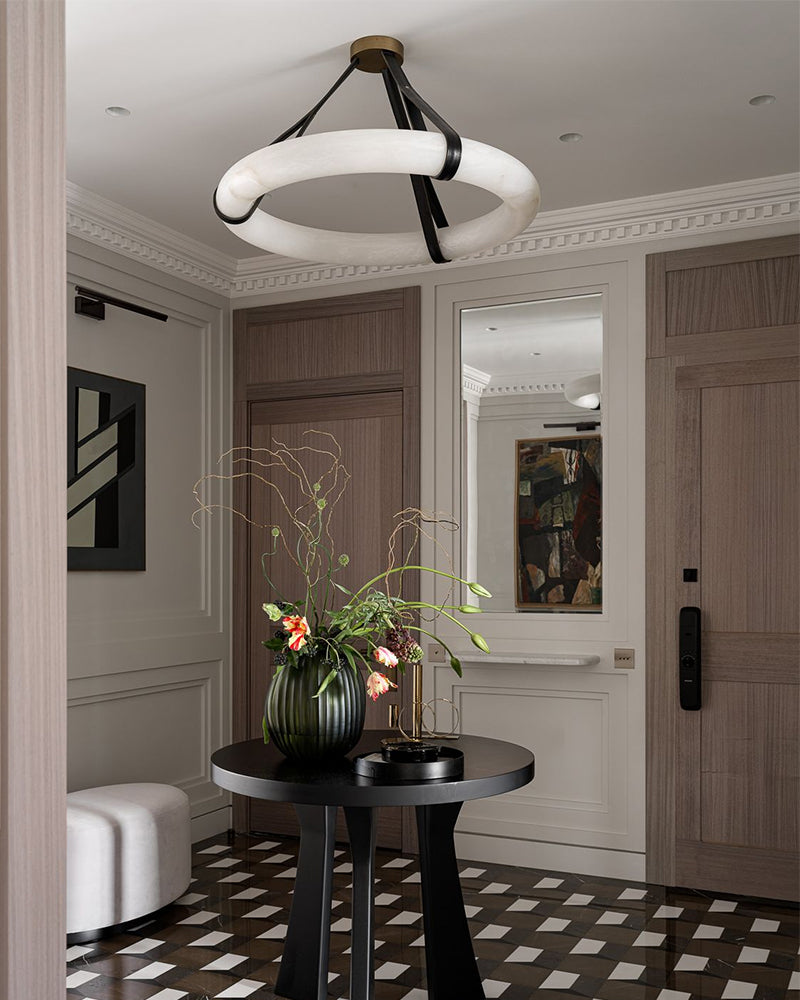

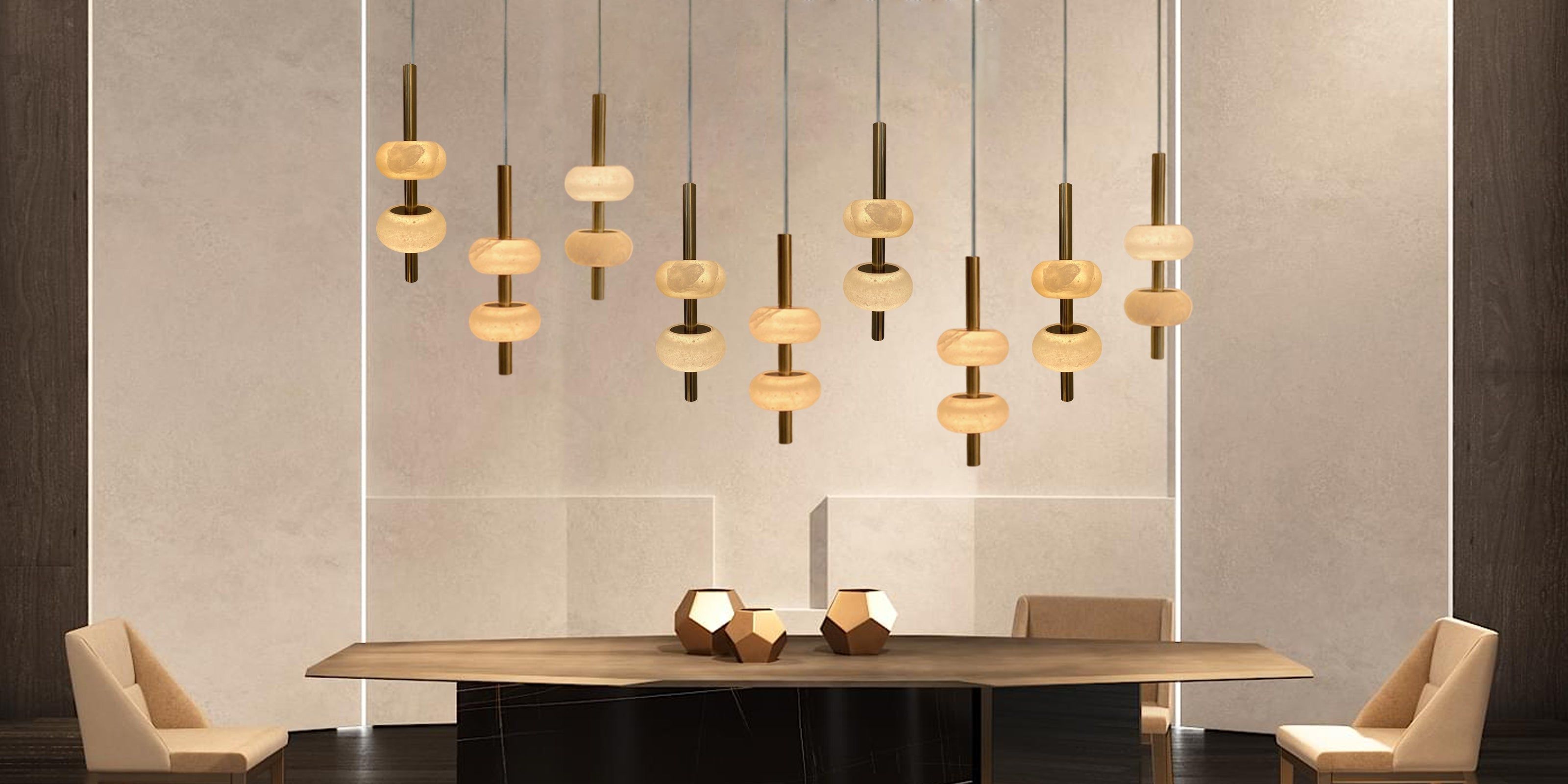
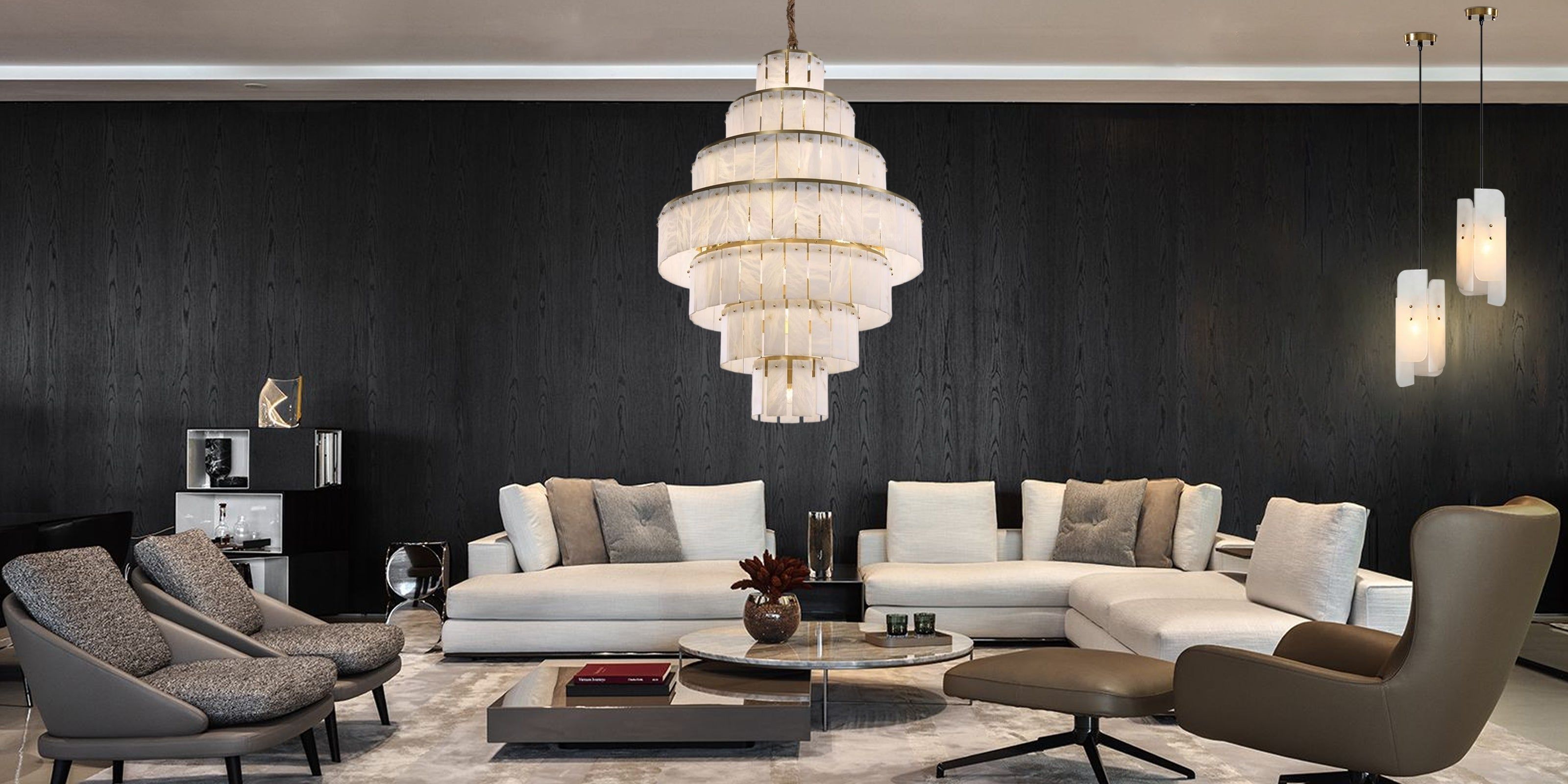
Leave a comment
This site is protected by hCaptcha and the hCaptcha Privacy Policy and Terms of Service apply.